Upgrade UE/gNB Emulator to 5G mmWave
POSTED ON FEBRUARY 16, 2022 BY TMYTEK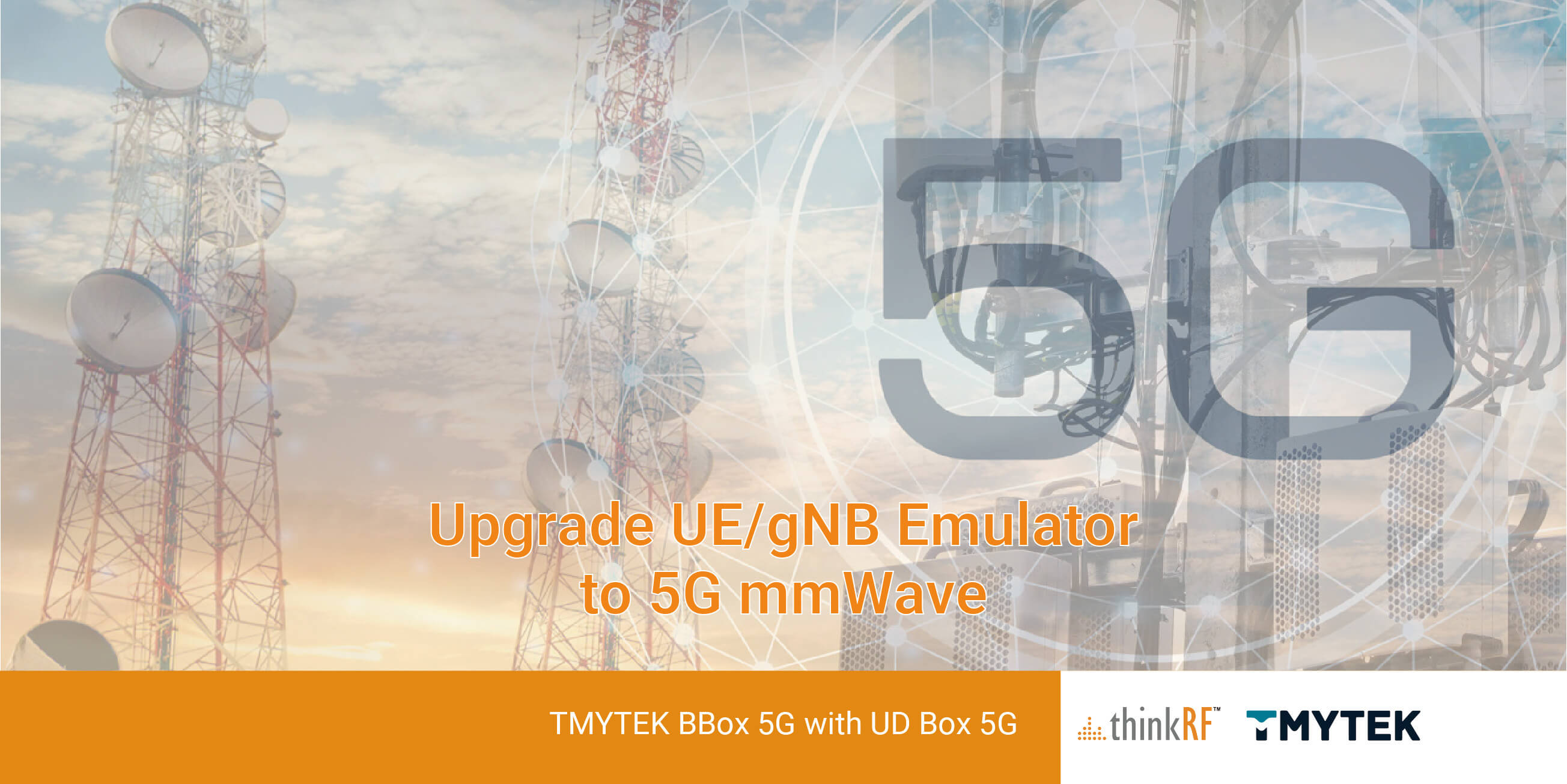 This application note demonstrates the ability to extend sub-6 GHz emulator to 5G mmWave by using it with TMYTEK beamformer and TMYTEK up/down-converter without adding any extra noise.
This application note demonstrates the ability to extend sub-6 GHz emulator to 5G mmWave by using it with TMYTEK beamformer and TMYTEK up/down-converter without adding any extra noise.Overview
Signaling communication tests are at the core of telecom researchers, baseband, and base station designers. Base station emulators enable these tests without the need to have the actual base stations, thereby, saving cost, effort, and time. As 5G communications expand more into mmWave design and development, it becomes imperative for 5G developers and designers to look for economical and efficient ways.
UE (End User) Emulator solutions enable baseband researchers, telecom operators, chipset providers and infrastructure vendors to validate end-to-end radio network performance by emulating real network behavior and traffic.
TMYTEK up/down converter (UD Box 5G) with beamforming device (BBox 5G) extends sub-6 GHz emulators to 5G mmWave. The BBox 5G is mmWave NR beamforming development tool that produces a signal beam which is up/down converted by the UD Box 5G, thereby, upgrading the UE/gNB emulator to mmWave version for applications such as: signaling communication test with 3GPP standard defined function verification, high throughput performance testing capability, mmWave terminal function verification and performance testing, and 5G analysis from PHY to RRC/NAS layer.
Introduction
TMYTEK BBox 5G integrated with UD Box 5G extends AMARI UE Emulator to 5G mmWave as shown in Fig. 1. Amarisoft UE simulator/emulator is an ideal solution to support functional and performance testing of 4G and 5G networks. Acting as a 3GPP compliant LTE, NB-IOT and NR UE, it can simulate up to 1000+ UEs sharing the same spectrum with several types of traffic within multiple cells.
Solution Highlights
● Extend sub-6 GHz emulator to 5G mmWave signals
● Easy up and down conversion within a single box
● Development tool for 5G mmWave system/communication designer
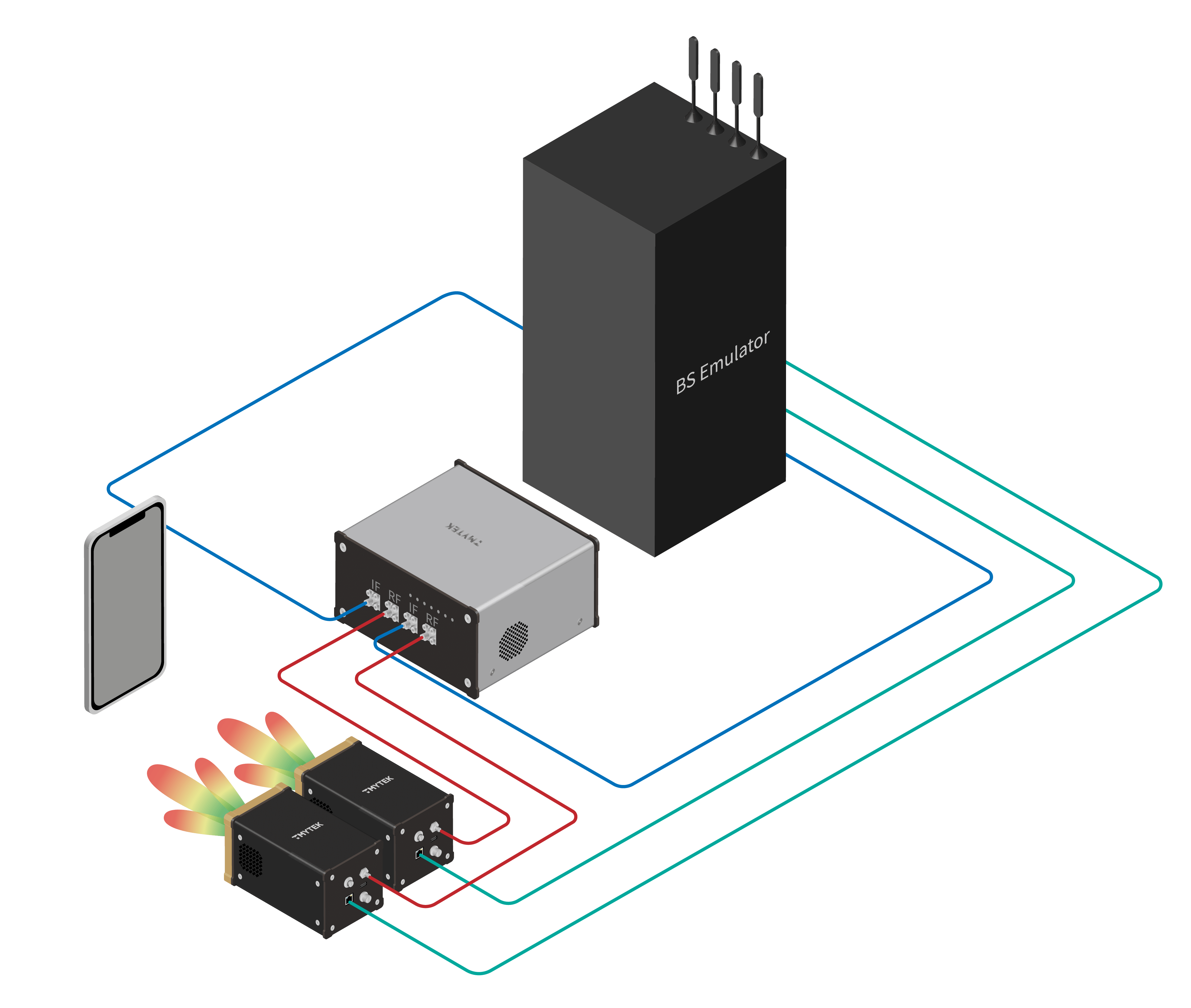 Fig. 1. 5G mmWave System/Communication Development Tool
Fig. 1. 5G mmWave System/Communication Development ToolTMYTEK Beamformer - BBox 5G
BBox 5G is mmWave NR beamforming development tool that focuses on 5G antenna array design and mmWave application development.
BBox 5G - Key Features
● Millimeter wave analog beamformer:It has transmit/receive (T/R) switch, power amplifier, LNA, phase shifters along with TMYTEK’s standard antenna for 5G beam steering● Detachable array antenna kit (AA Kit):Antenna is easily detachable and replaceable● Integration of software/hardware: In-house software interface offers both GUI/API control - better accuracy and easier control on the beam angles for 5G R&D● Highly compatible beamforming solution:Integrable/compatible with 5G NR beamforming Over-The-Air (OTA) communication, fast mmWave scanning channel sounding system, and mmWave radar applications
Internal Structure
The BBox 5G 1x4 series has the internal structure shown in Fig. 2.
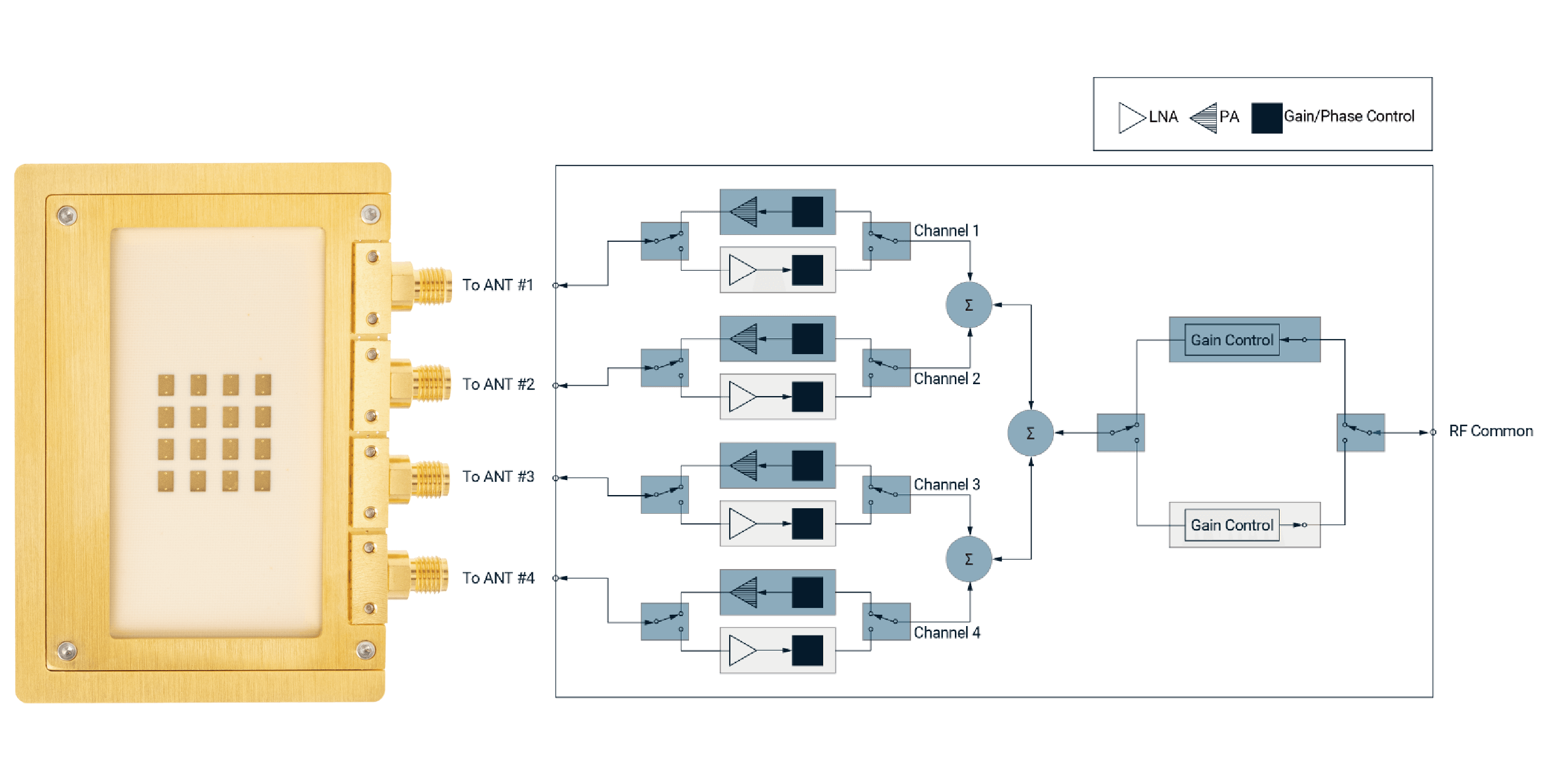 Fig. 2. Internal structure of TMYTEK BBox 5G 1x4
Fig. 2. Internal structure of TMYTEK BBox 5G 1x4Beamformer Series
There are 3 types of beamforming devices available - BBox One 5G (4x4 RF channels), BBox Lite 5G (1x4 RF channels) and BBoard (5G/B5G beamforming educational kit).
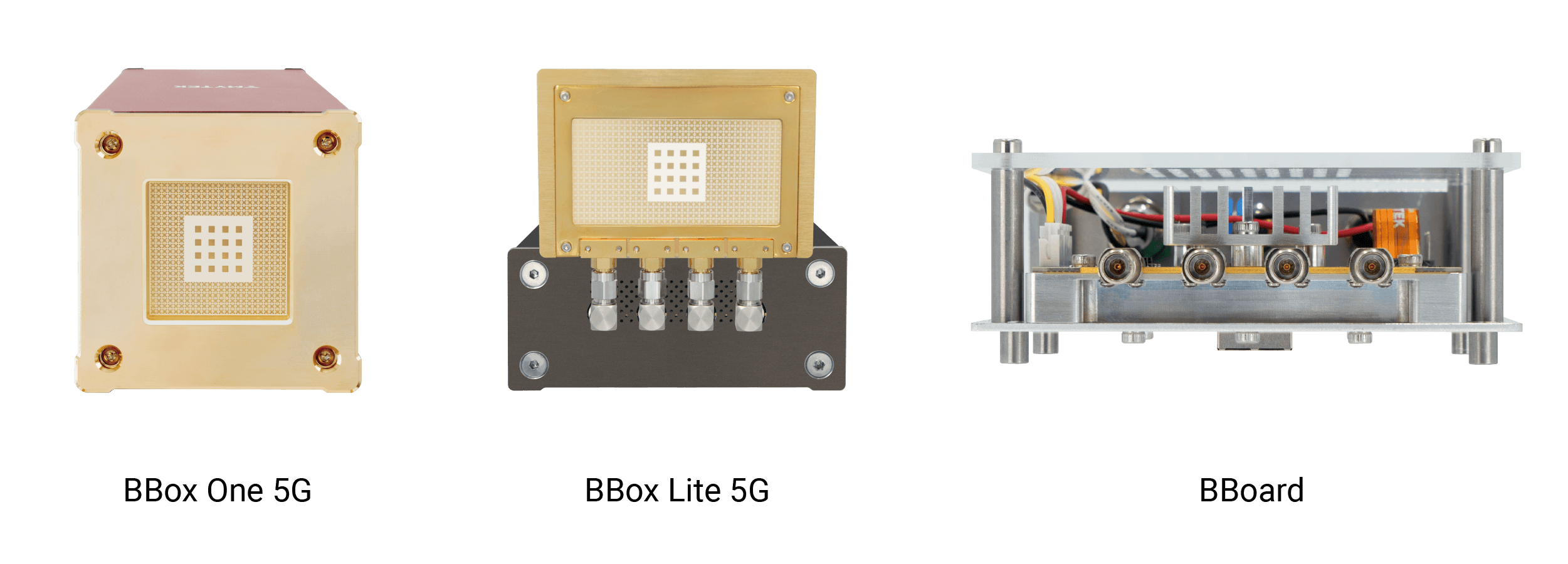
Beamformer Series Key Features
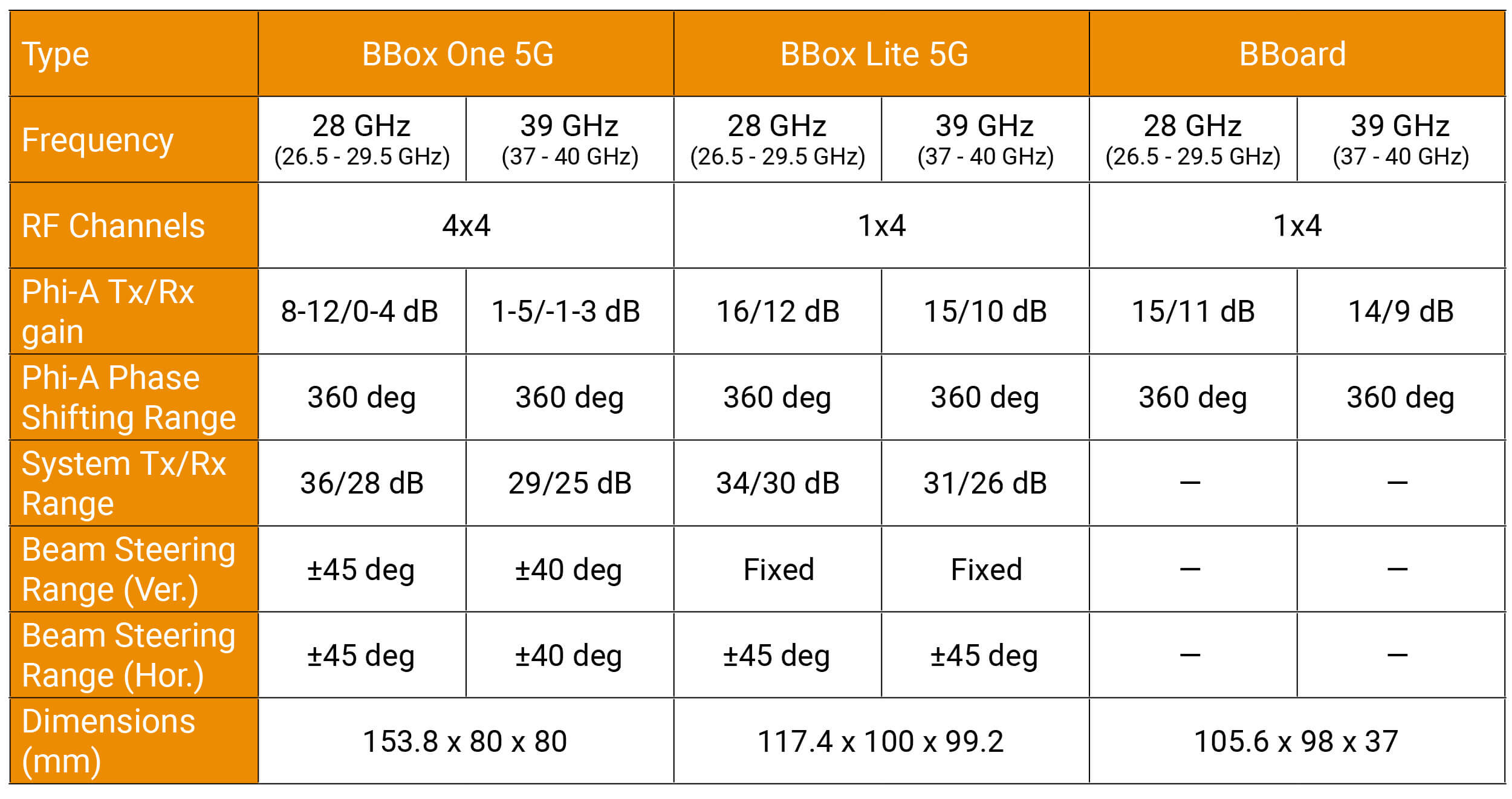
TMYTEK Up/Down Converter - UD Box 5G
TMYTEK UD Box 5G is an ultra-broadband 5G NR mmWave frequency converter that covers up to 44 GHz. It is an up/down converter with an integrated mixer, internal LO as well as optional IF and RF filters that are explicitly made for 5G and satellite communications.
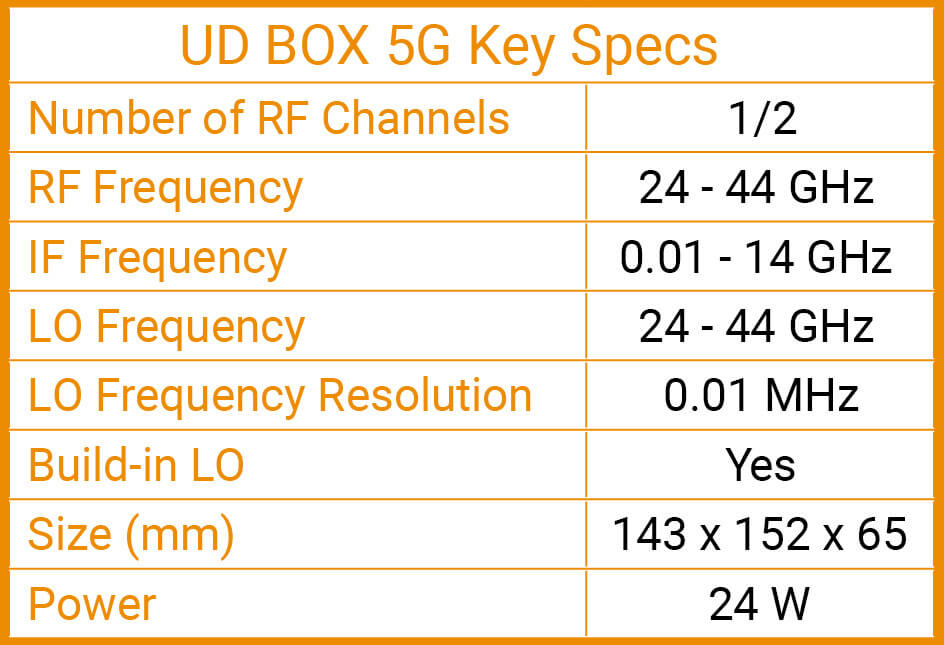
Emulator Testing Architecture
For the test setup shown in Fig 3., the Amarisoft SDR-based UE emulator is used along with TMYTEK UD Box 5G (dual channel). The high frequency mmWave signal is sent from the HPF. This RF signal is down converted by the UD Box 5G to a lower IF frequency signal. This IF is fed to the SDR, where its processed and the outgoing IF is up converted by the UD Box 5G to RF. This RF is fed back to the HPF. This test demonstrates the ability to use existing sub-6 GHz emulator for 5G mmWave.
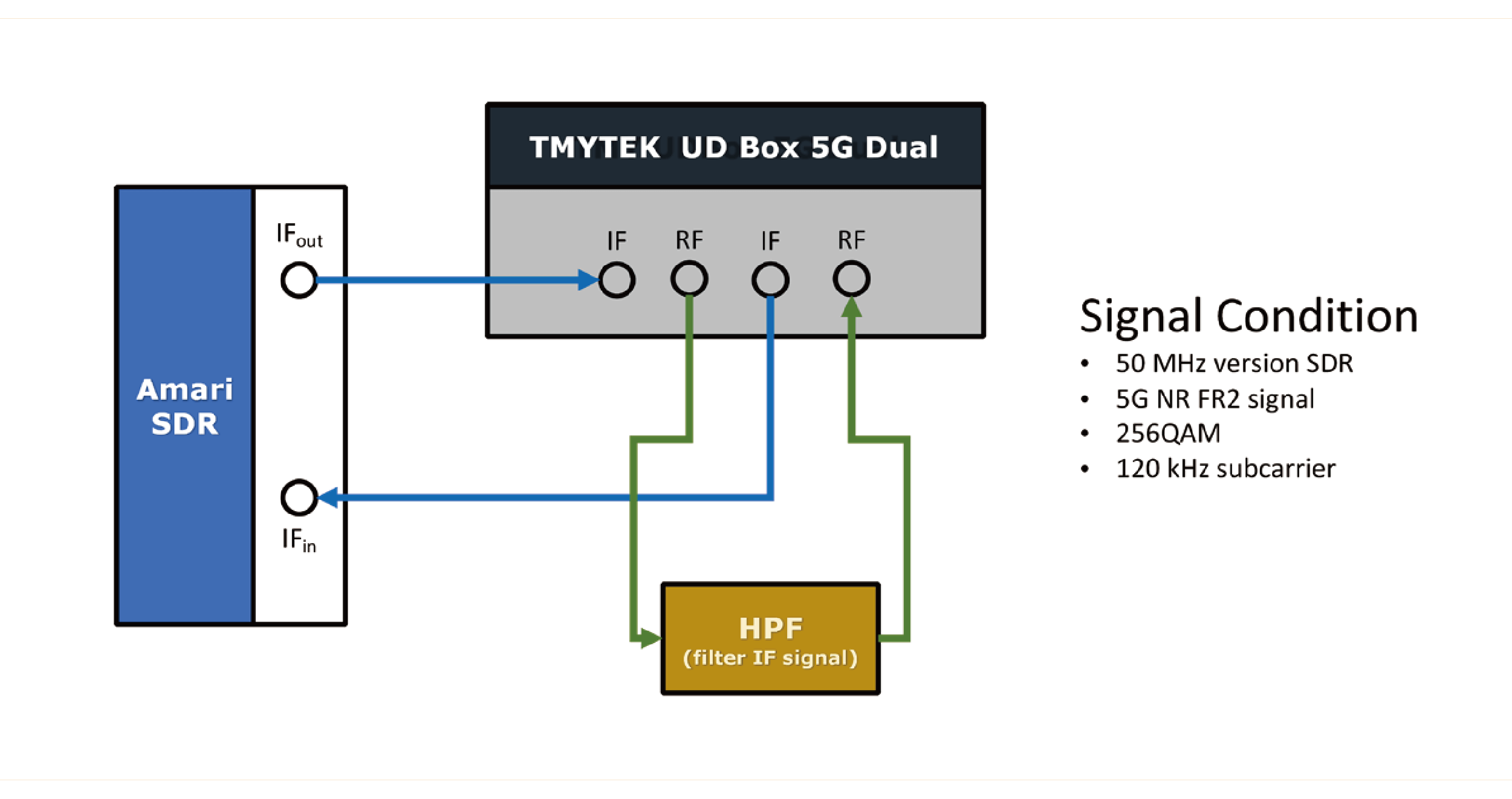 Fig. 3. Block diagram - Emulator Testing Architecture with Amarisoft SDR
Fig. 3. Block diagram - Emulator Testing Architecture with Amarisoft SDRSimilarly, BBox 5G can be used as RF signal source and above setup can be used along with beamformer or other radiating antenna (like horn). This is shown in Figure 4.
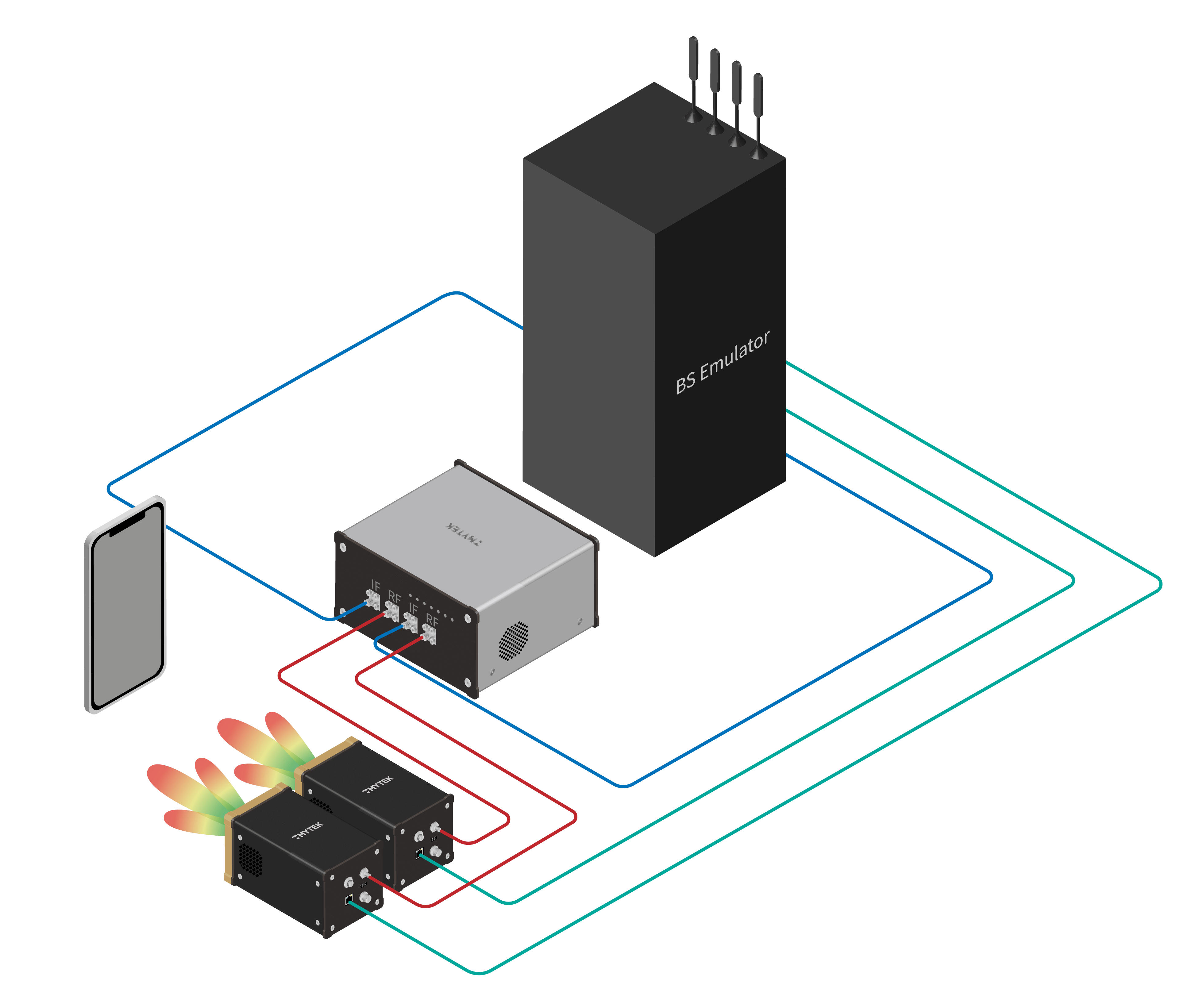 Fig. 4. Block diagram - Emulator Testing Architecture using BBox 5G
Fig. 4. Block diagram - Emulator Testing Architecture using BBox 5GActual Test Setup
The test setup as shown in Fig. 5., includes the SDR, UD Box and control PC.
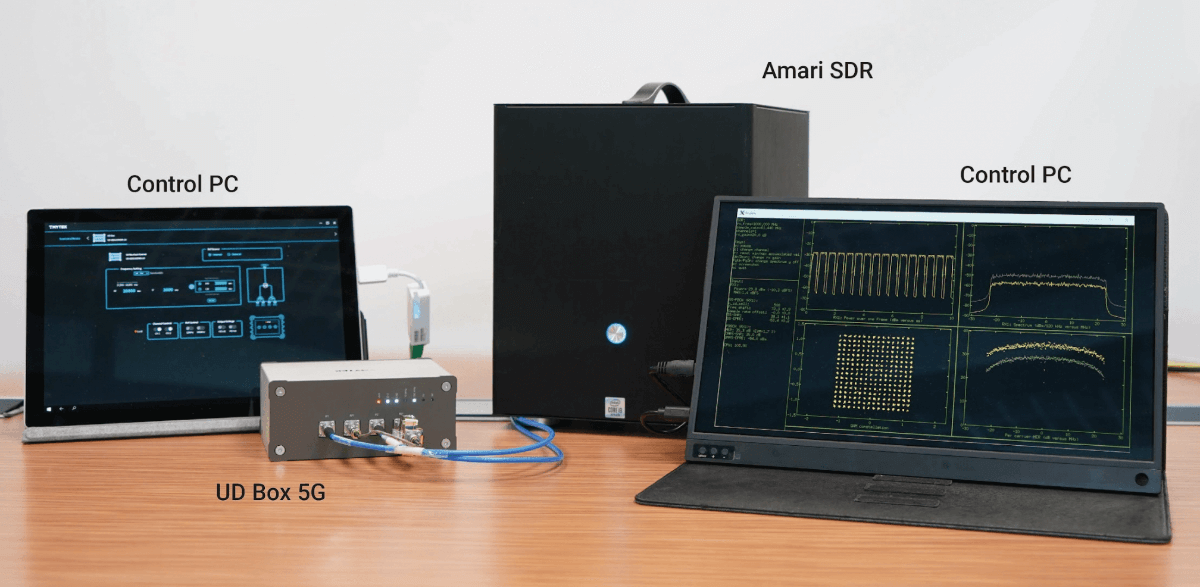
Measurement Results - SDR/Emulator
The comparison of results for frequencies up to 43 GHz shows that the TMYTEK UD Box does not add any extra noise, so the EVM values are kept at the same level in all the scenarios.
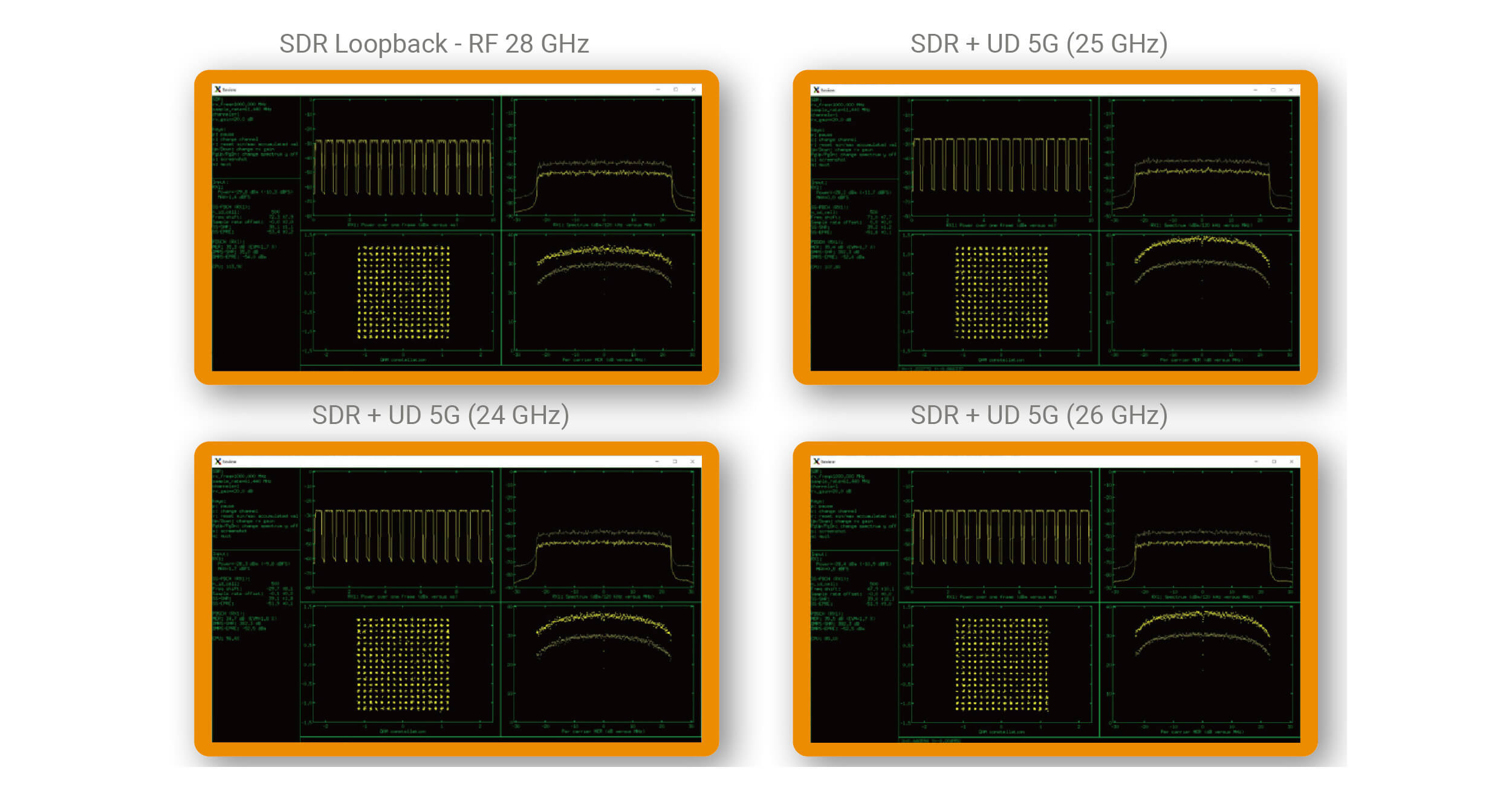
Measurement Results - SDR/Emulator
The comparison of results for frequencies up to 43 GHz shows that the TMYTEK UD Box does not add any extra noise, so the EVM values are kept at the same level in all the scenarios.
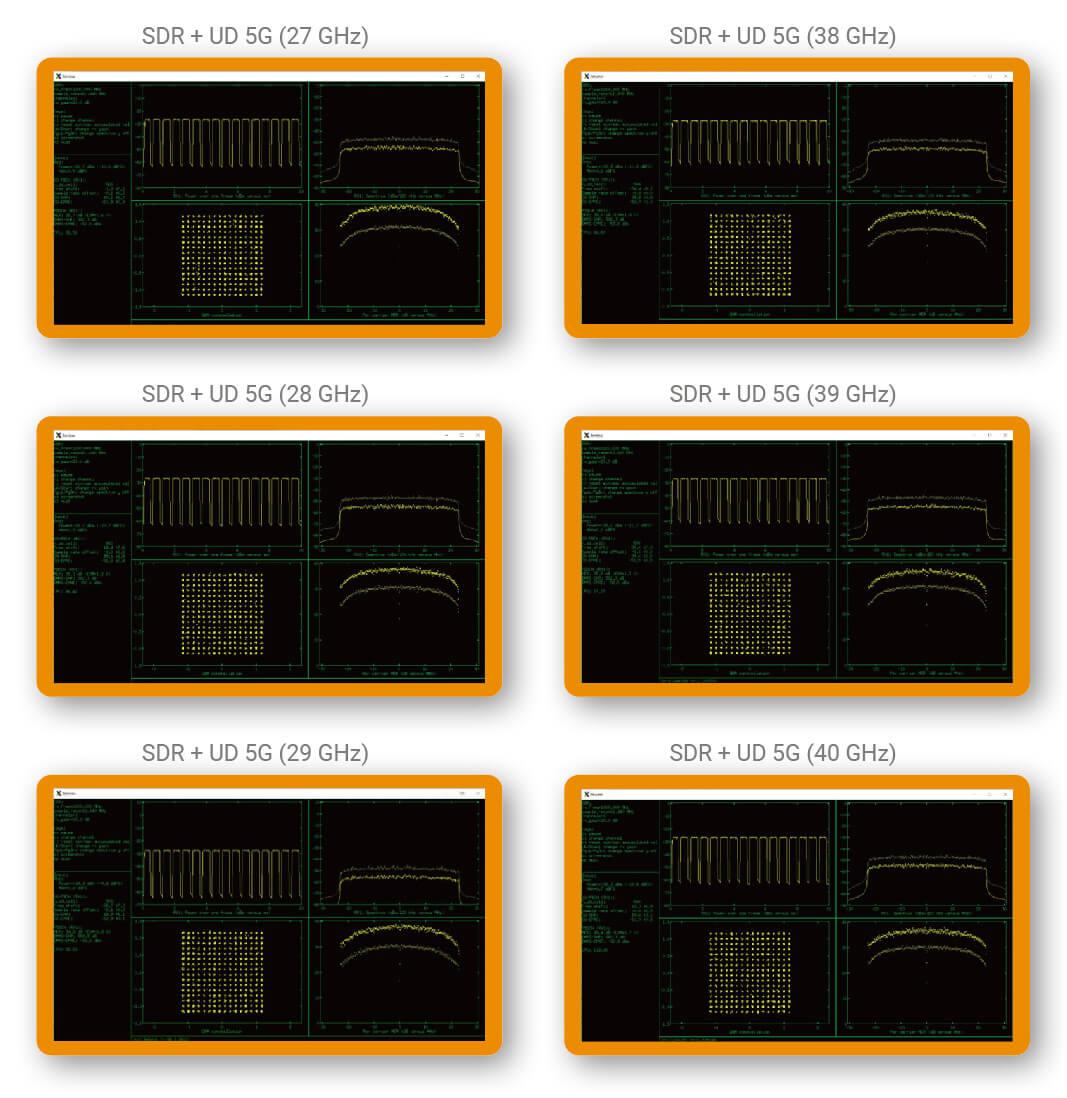
Measurement Results - SDR/Emulator
The comparison of results for frequencies up to 43 GHz shows that the TMYTEK UD Box does not add any extra noise, so the EVM values are kept at the same level in all the scenarios.
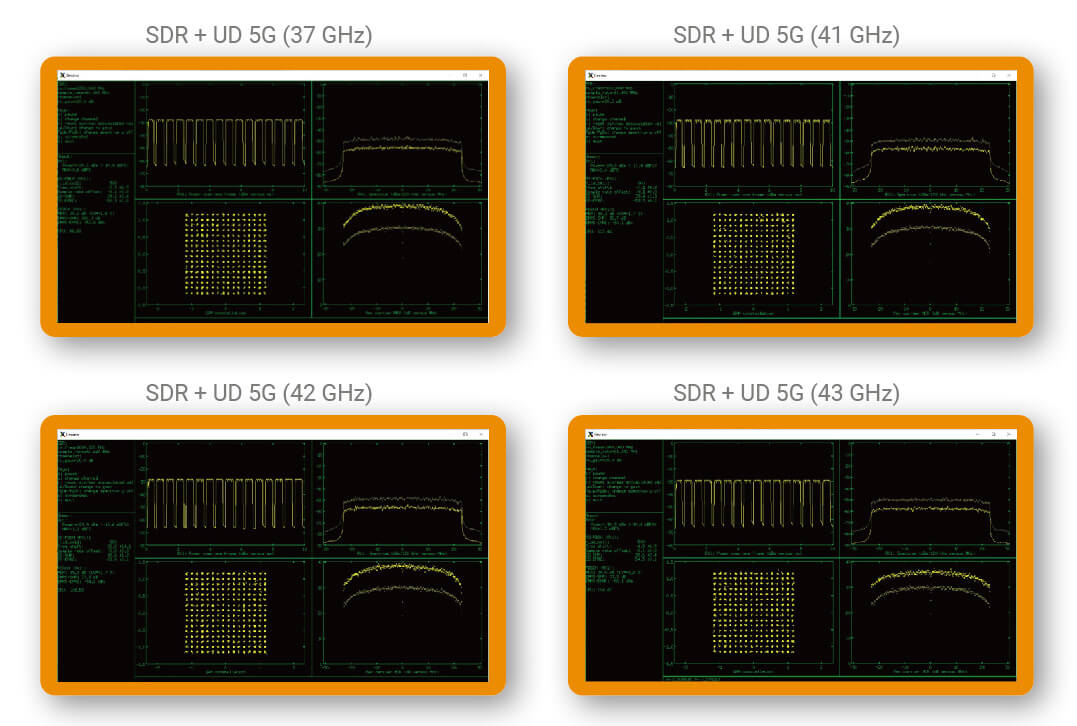
Result Summary
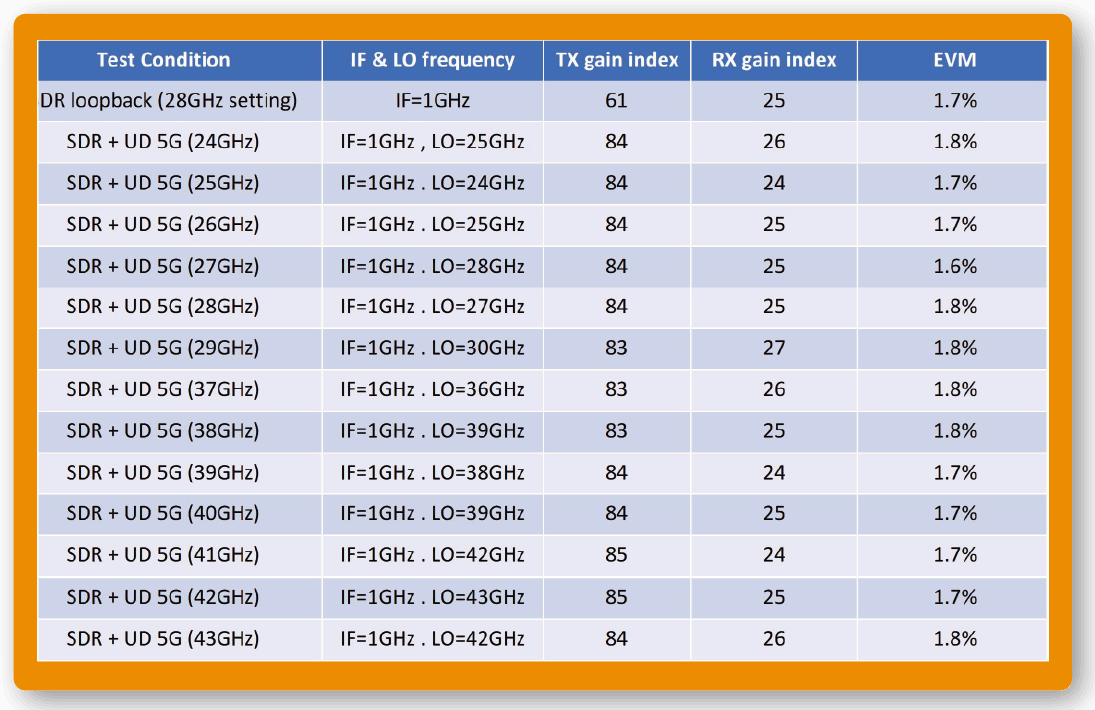
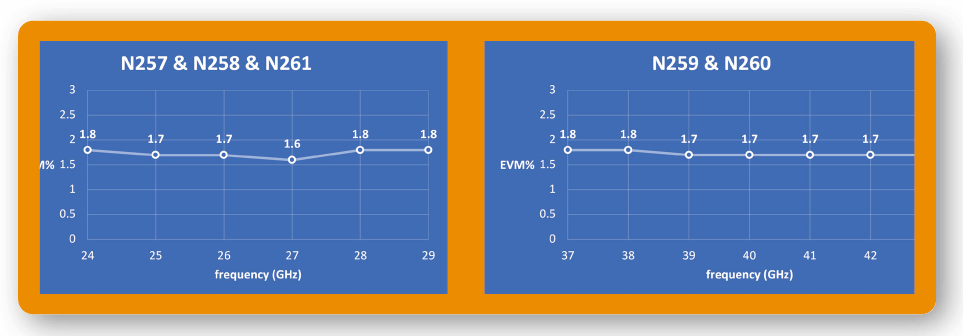
In the mmWave frequency band, the EVM remains constant at 1.7% - 1.8%.
Result Summary
TMYTEK BBox along with UD Box serves as a development tool for 5G mmWave system and communication designer. The air interface is mandatory for baseband developers to radiate controllable beam patterns. This application note demonstrates the ability to extend sub-6 GHz emulator to 5G mmWave by using it with TMYTEK beamformer and TMYTEK up/down-converter without adding any extra noise.
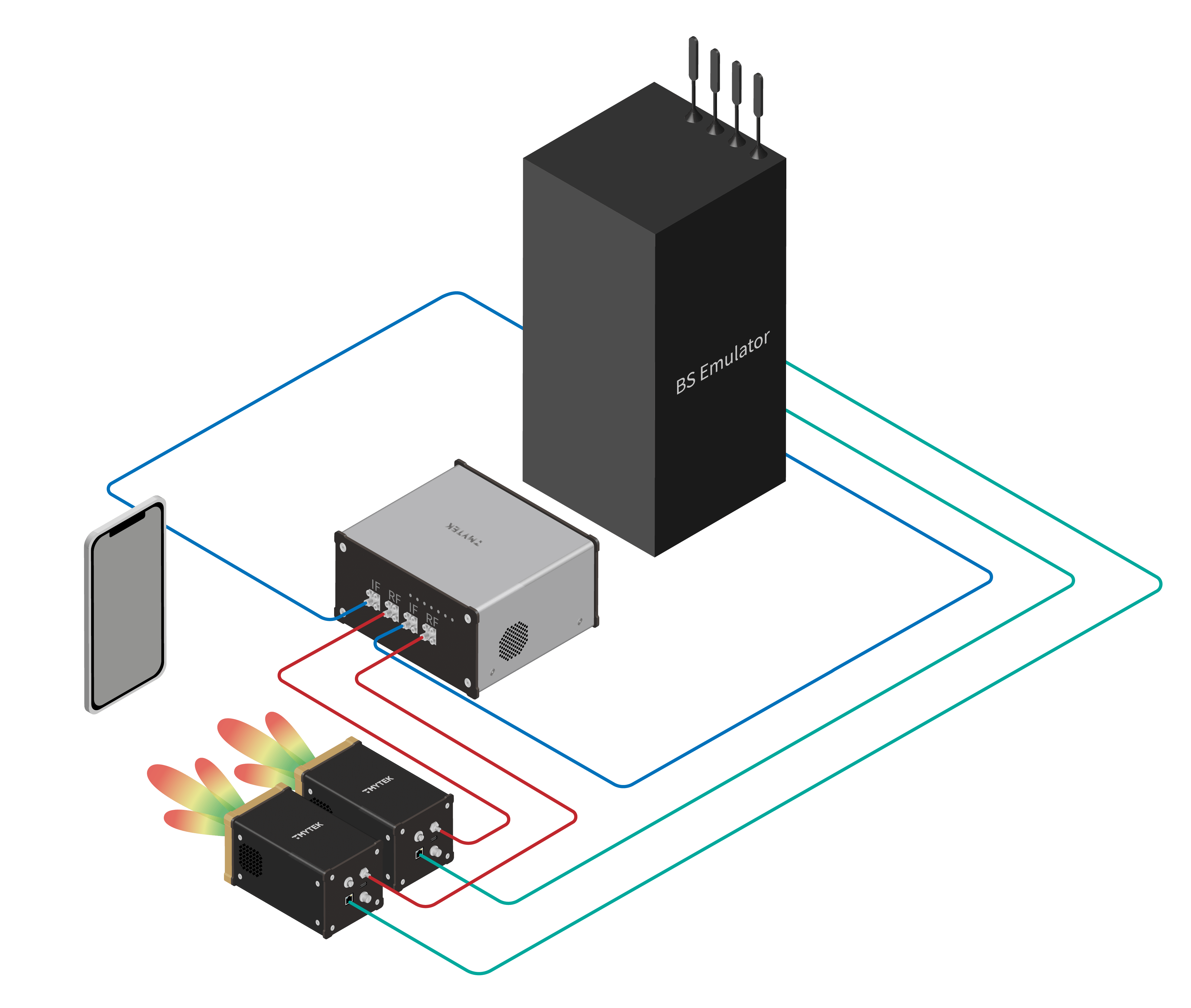 Fig. 6. 5G mmWave System/Communication Development Tool
Fig. 6. 5G mmWave System/Communication Development ToolReferencesRelated documents: ● Resource from thinkRF: Easily Upgrade UE/gNB emulator to 5G mmWave ● Refer to 5G BBox | 5G Beamforming Development Tool for antenna & protocol designers | TMYTEK for TMYTEK BBox 5G features, versions, and specifications ● Refer to UD Box 5G | Up/down converter, frequency converter | Up to 44 GHz | TMYTEK for TMYTEK UD Box 5G features, capabilities, and more details ● Refer to mmWave Beamforming and Massive MIMO (tmytek.com) for TMYTEK massive MIMO solution